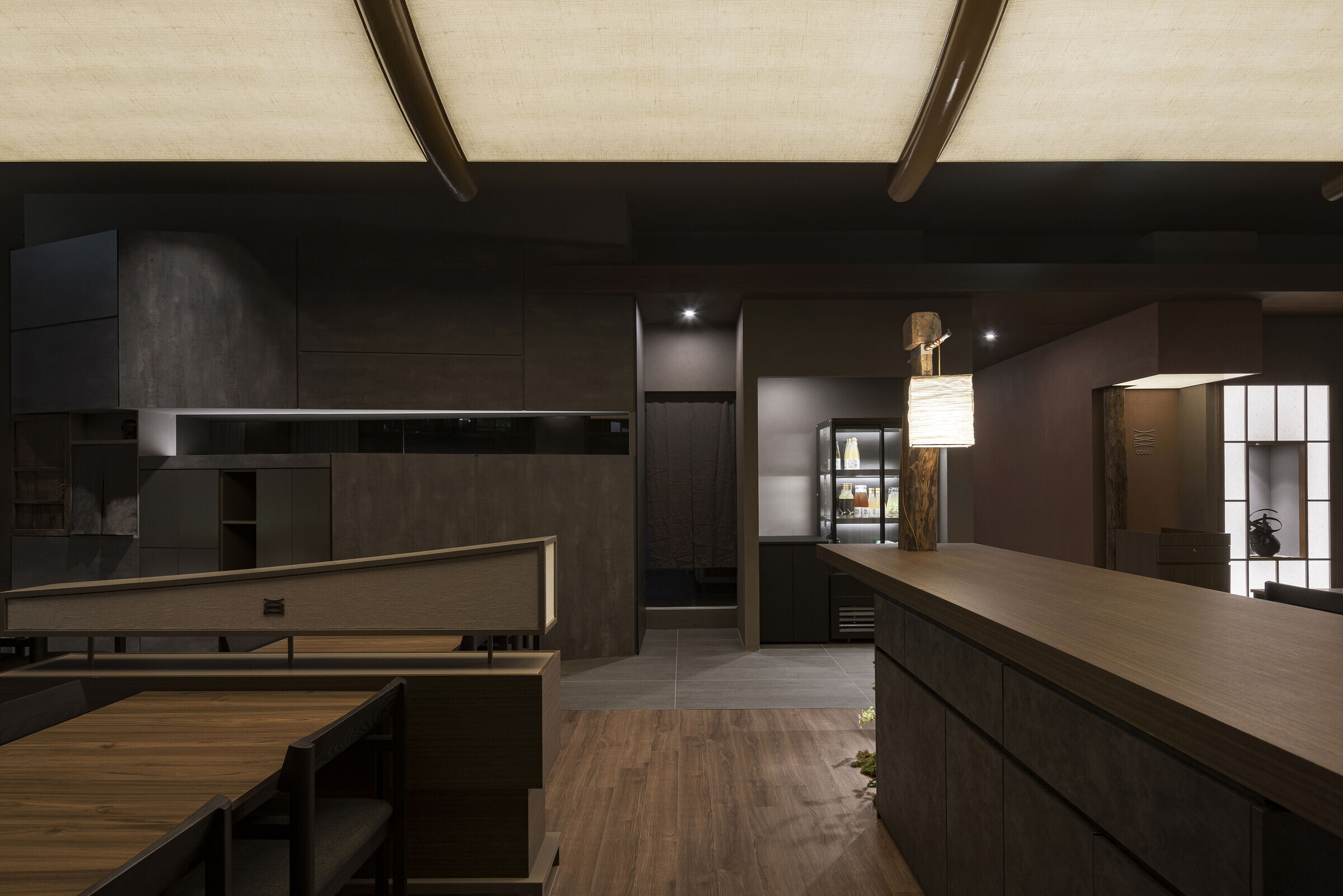[The Charming City "Seoul"]
‘Namdaemun’ (Sungnyemun) has long served as the gateway among the Four Great Gates, welcoming countless people into the capital city. It was where envoys were received and marked the starting point of routes leading to the three southern regions (Jeolla, Chungcheong, and Gyeongsang provinces).


The concept of passage through Namdaemun extended beyond physical movement and held spiritual significance. During rituals such as Giuje (rain-making ceremony)," the act of opening and closing Namdaemun symbolized the flow and interruption of yin and yang energies, embodying the meaning of "passage" in a broader sense.


This historical notion of "passage" seems to have evolved, with its role now carried on by the modern Seoul Station near Sungnyemun (Namdaemun). Today, it functions as a transportation hub, continuing its legacy as a critical gateway to the city. In my opinion, what makes Seoul uniquely captivating lies in this remarkable "coexistence" of contrasts. While the city boasts towering, impressive buildings, efficient transportation, and a modern, orderly system, it also offers glimpses into its deep history. The Four Great Gates, including the imposing Namdaemun and Gwanghwamun, stand steadfast amid the surrounding skyscrapers. This striking blend of opposites—ancient and modern, tradition and progress—defines Seoul's distinctive charm, leaving a lasting impression on anyone who encounters it.


[A Project Inspired by "Coexistence"]
The direction of a brand can often be seen in its approach to food. While offering fusion-style Western dishes, it incorporates Korean cuisine as a foundation, embodying another layer of "coexistence." This concept of "coexistence" was something we wanted to bring to life in our project.


The site is located on the top floor of a 13-story building, a rectangular space with three sides surrounded by windows. Directly ahead of the entrance lies a panoramic view of Seoul Station, while Namdaemun (Sungnyemun) can be seen to the right. These features make the space feel much loftier than its architectural ceiling height might suggest.

From the outside, the building where the site is located appears smaller and less dense compared to the neighboring structures. Yet, this lack of density allows it to stand out among them, and at night, the site is visible even from afar. Inspired by this setting, we imagined layering Namdaemun's image onto the site. The idea of "placing a traditional hanok roof on top of the building's summit" evoked Namdaemun's iconic presence.

["Coexistence" Reimagined in a New Scene]
I reflected on the essence of "coexistence" I've experienced so far, unraveling its deeper meaning. In the interplay between modern and traditional elements, I associated modernity with linear forms, rectangular gray concrete buildings, and finishes characterized by cold, metallic materials. On the other hand, tradition is reflected in proportional elements, irregular curves, and the use of materials like wood and stone.

One particular episode comes to mind: As I moved near the site, I recalled Namdaemun shining under the highlight lighting during the twilight hours. This made me envision something symbolic and radiant, akin to a landmark brightly shining in the night.

[A New Interpretation of "Coexistence"]
Building on the earlier idea of "placing a hanok roof" atop a structure, we developed it further by reinterpreting the concept. The hanok-inspired roof was designed to incorporate lighting functionality while also serving as a partial ceiling, providing a sense of coziness often absent in spaces with high ceilings.

This 10-meter-long, roof-shaped lighting structure was created using printed Barrisol (surface lighting), resulting in a feature that captivates upon entering the space and anchors its overall atmosphere. From the outside, the illuminated hanok roof appears to hover in the heart of Seoul Station.
































